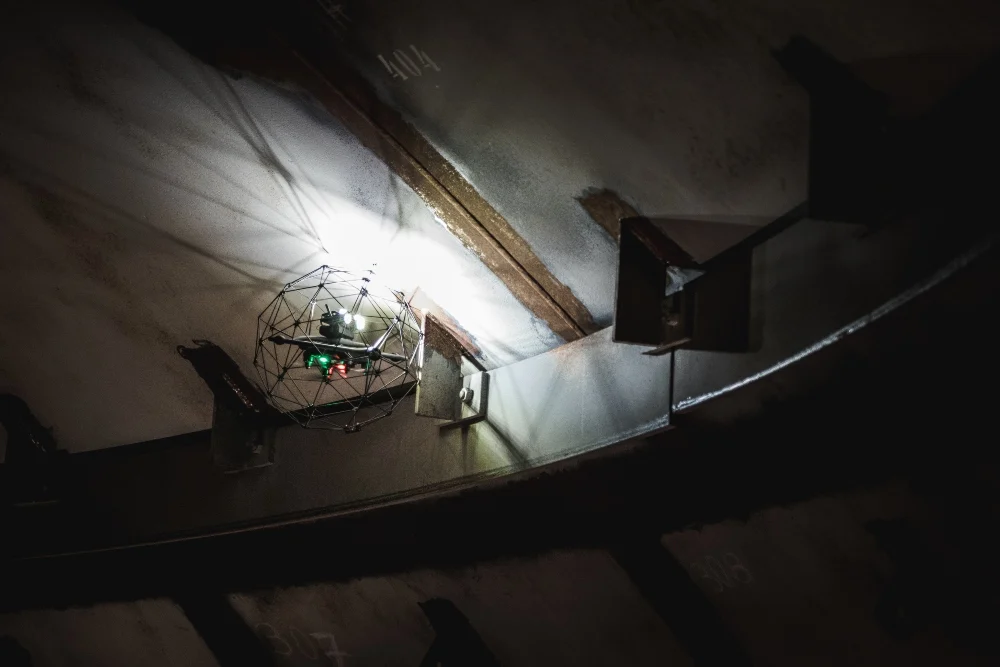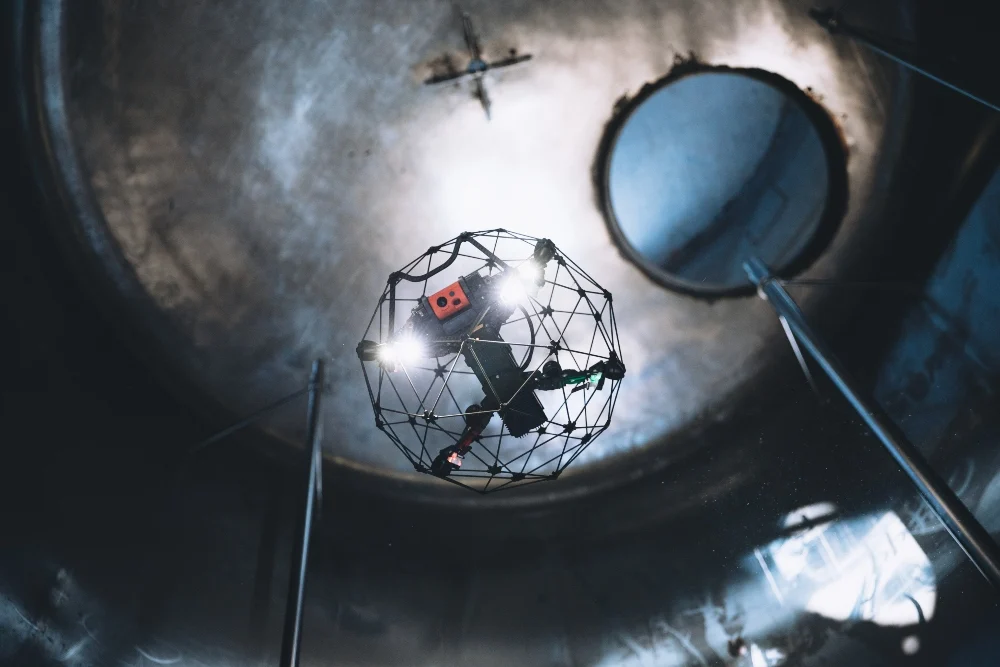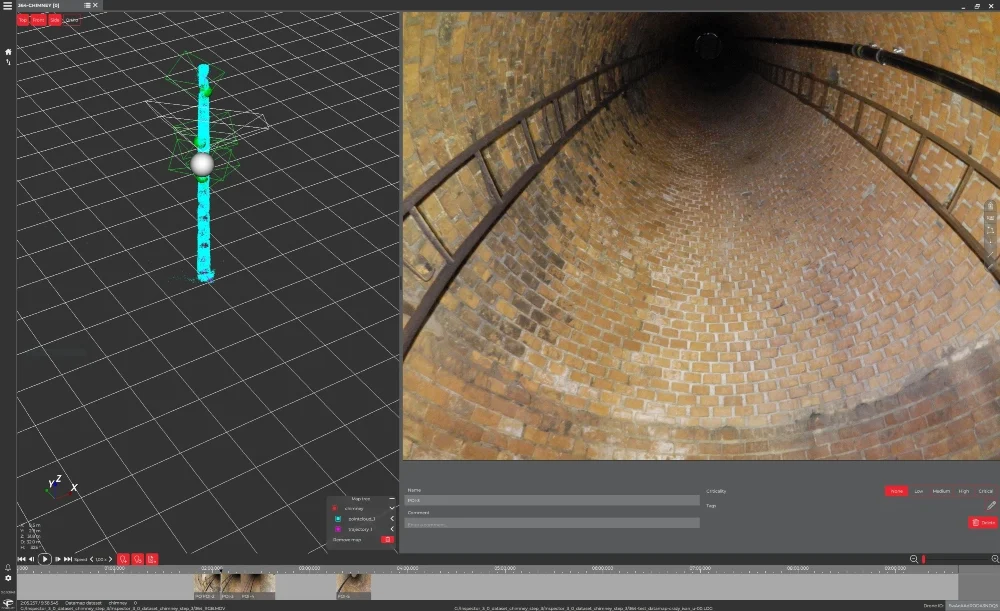The 3 Questions All Inspectors Must Answer When Conducting Internal Inspections—And How They Define Flyability’s Product Roadmap
When conducting internal inspections, every inspector must answer three key questions to ensure a thorough and accurate assessment of the asset. These questions form the foundation of our work at Flyability, guiding the development of our products and solutions since our launch in 2014.
The three essential questions are:
- Are there any defects in the asset?
- What are the dimensions of the defect(s) found?
- Where are the defects located within the asset?
Helping inspectors answer these three critical questions is central to what we do. It’s not just about providing tools—it’s about enabling safer, faster, and more precise inspections in some of the most challenging environments on the planet.
Question 1: Are there any defects in the asset?
When we first started Flyability, the primary challenge was helping inspectors see inside hard-to-reach areas without putting themselves at risk. That’s why we developed the Elios, the world’s first indoor drone with a protective cage. This innovative design allowed inspectors to safely enter confined spaces and collect visual data remotely, answering the first question: "Are there any defects?"

The Elios revolutionized internal inspection by giving inspectors a safe way to explore assets like tanks, ducts, and pipelines—without having to physically enter them. It was the first step toward making inspections more efficient and less dangerous.
Question 2: What are the dimensions of the defect?
Seeing a defect is only the beginning. To make informed decisions, inspectors need to know its size and severity. That’s why after launching the Elios, we focused on solving the second question: "What are the dimensions of the defect?"
We worked closely with field inspectors to understand their needs and developed the Elios 2, which introduced advanced features for accurate measurements and detailed analysis. The result? A tool that gives inspectors the data they need to assess defects properly.

Key features of the Elios 2 include 2D measurements, photogrammetric modeling, improved lighting, and 4K video capture. These enhancements allow inspectors to better understand the scale and nature of defects, improving decision-making and maintenance planning.
Question 3: Where are the defects located in the asset?
The third question—“Where are the defects located?â€â€”is often the most difficult to answer, especially in confined or uniform environments. Without GPS or clear reference points, it can be hard to pinpoint exactly where a defect exists within an asset.
To address this, we created Inspector 3.0, a powerful software solution that allows inspectors to generate 3D models of the inspected area. These models provide precise location data, making it easier to identify and track defects over time.

With Inspector 3.0, inspectors gain access to usable locational data, fast processing times, and easy integration into their workflow. It’s a game-changer for accuracy and efficiency in internal inspections.
By solving these three fundamental questions, we’ve built a complete inspection ecosystem that empowers inspectors to work smarter, safer, and faster. But our mission doesn’t end here. We continue to innovate, always keeping those three questions at the heart of everything we do.
Stand Up Pouch Zipper Bags,Pocket Zipper Stand Up Pouches,Resealable Aluminum Foil Packaging Bags,Aluminum Foil Packaging Bags
Dongguan Pasike Packaging Co., Ltd. , https://www.dgpasike.com